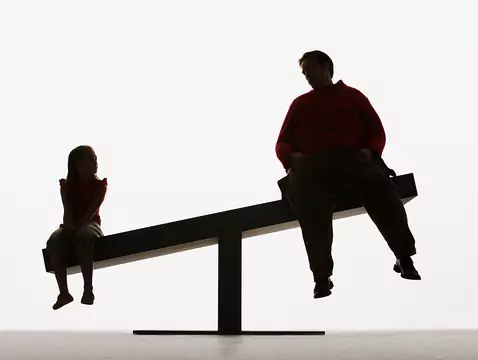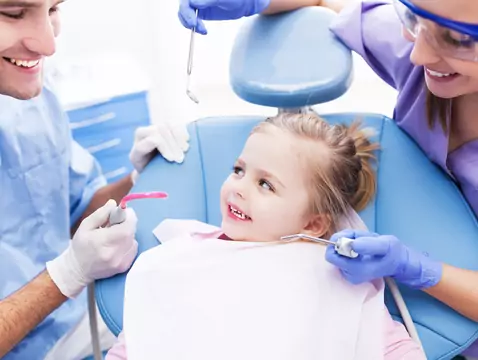Postural defects are now a widespread population problem, associated with pain in the musculoskeletal system, but also with numerous limitations in social functioning. Their origins can be traced as far back as school (developmental) age, when the first abnormalities occur due mainly to a sedentary lifestyle and restricted physical activity. Both the limitations and the physical appearance itself, resulting from pathological changes in the skeletal system, have a huge impact on the formation of a young person's self-esteem.
Causes of postural defects
Disorders of support function, muscular disorders or disorders related to pelvic stabilisation are the most commonly cited causes of postural defects. In addition to these, neurological conditions are also mentioned, in the course of which postural-related abnormalities can also often occur, as well as respiratory or cardiovascular diseases [1].
In today's world, which 'obliges' in a certain way to a sedentary lifestyle, particularly in developed countries, it is spending most of the time in a static position that is the main cause of musculoskeletal disorders. Such a lifestyle is also associated with limited physical activity, staying in one (usually incorrect) position for too long and unchanging, mistakes made by the child when carrying a rucksack (carrying it on one shoulder), inadequate furniture for the child's height, an inappropriate position when reading and writing, poor eyesight leading to an incorrect position, weakness due to illness, malnutrition, being too tall in relation to people of the same age group or carrying excessively heavy loads. In the context of the above-mentioned factors, it is therefore important to draw attention to the enormous role of parents in the formation of the child's correct body shape, figure and proper development [2].
Self-esteem and postural defects
Self-esteem poses one of the most significant psychological constructs responsible for human functioning in a given environment. In the specialist literature, one can find a definition defining self-esteem as a subjective perception of oneself based on a balance sheet of one's achievements and failures [5].
Hence, one can take up the statement that self-esteem is an integral part of the self-image, and its main task is to regulate with the help of which it becomes easier for a person to distinguish and place himself in a given social group and environment. Self-esteem is a creation that requires a long-term process of formation - it is made up of many factors and life situations that a person experiences from birth onwards. One of the components affecting the formation of self-image is quality of life, which in the context of childhood and developmental age is mainly about comparing oneself with peers. Any factors that have the effect of limiting mental, physical, developmental abilities and causing one to 'stand out' from the group are seen as elements that reduce quality of life during this period. An element that has a very strong influence on the deterioration of quality of life and on the construction of self-esteem is the physical appearance, i.e. the physicality of a person.
The occurrence of postural defects is mainly associated with limitations of movement, pain and disruption of normal functioning in everyday life. At the same time, the presence of visible skeletal changes - the appearance of the body and its social perception - is very important in the formation of self-image and reduced self-esteem. Moreover: the diagnostic process for musculoskeletal disorders is often associated with fear and anxiety reactions [1].
If a young person, whose psychological and social development is strongly influenced in the course of forming self-esteem, notices his or her limitations, inability to cope with demands and going beyond the "standards" in terms of external appearance, a problem of disorders on a psychological level may arise.
The process of rehabilitation in the area of posture defects is very important, but it should not only be limited to the elimination of pathological physical changes, but should also comprehensively cover the psychological sphere. Work on the correction of the silhouette is also work on building self-image and self-esteem, as well as self-acceptance [1].









